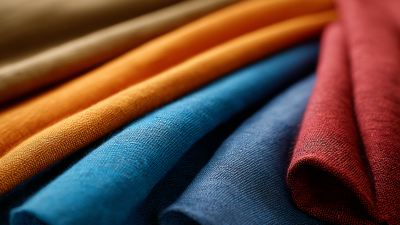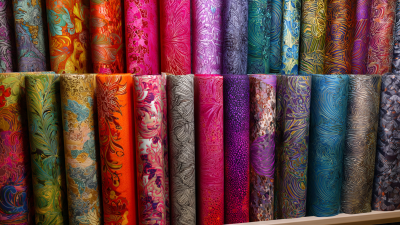When embarking on your next project, selecting the appropriate coated polyester fabric can significantly influence the outcome in terms of durability, performance, and aesthetics. According to a recent report by Smithers Pira, the global market for coated fabrics is expected to reach approximately $29 billion by 2025, highlighting the growing demand for materials that offer not just functionality but also versatility. Coated polyester fabric stands out due to its unique properties, including resistance to water, UV rays, and abrasion, making it ideal for applications ranging from outdoor gear to industrial covers. Understanding the various coatings available and their specific benefits is crucial; for example, polyurethane coatings provide enhanced flexibility and tear resistance, while PVC coatings excel in waterproofing. By making informed choices, designers and manufacturers can leverage the benefits of coated polyester fabric to meet the rigorous demands of their projects, ensuring a successful outcome.
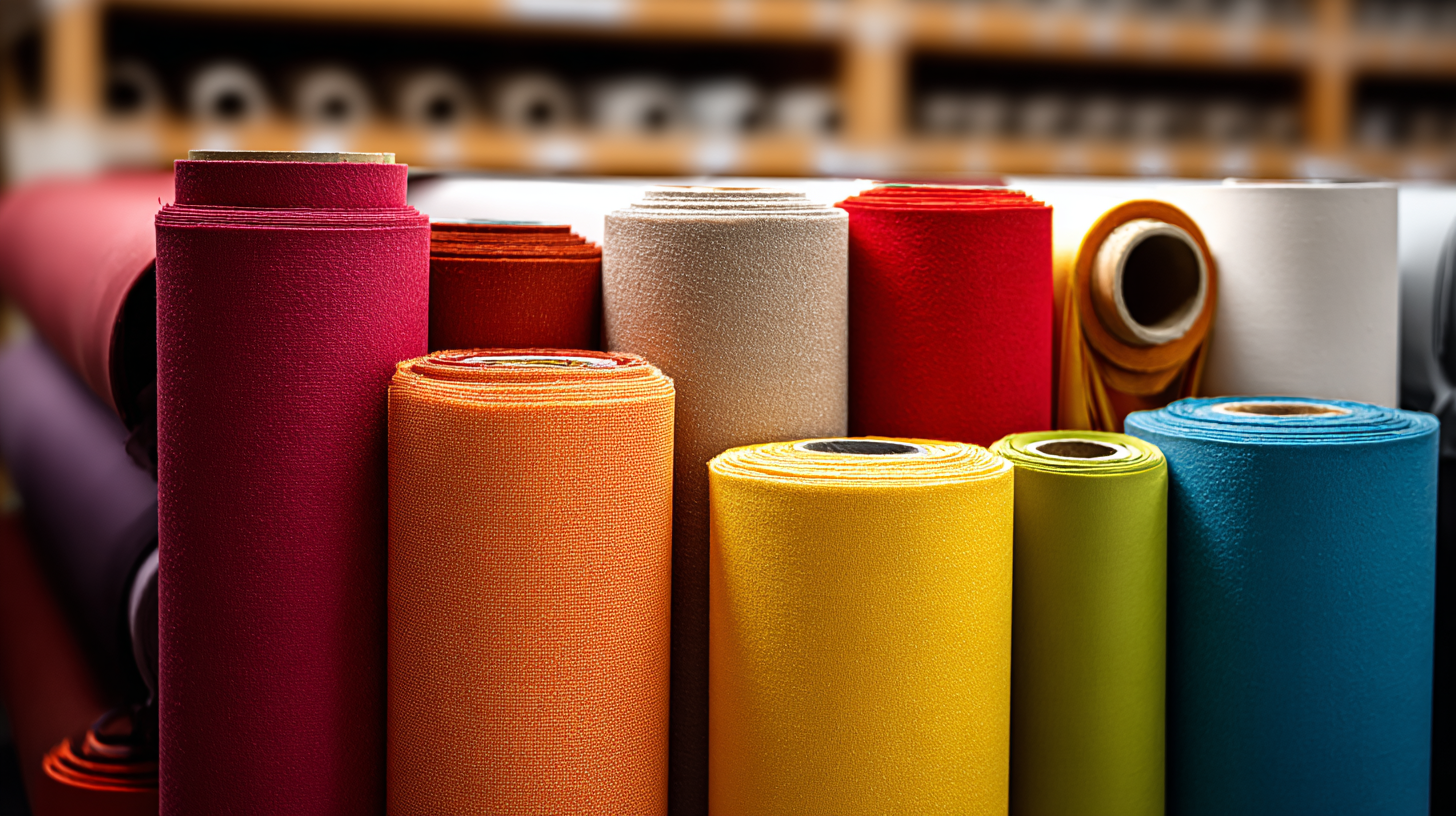
When selecting coated polyester fabric for your next project, it's essential to understand the various types available and their specific applications. There are several types of coatings, such as PVC, PU, and acrylic, each offering distinct benefits. PVC-coated polyester is known for its durability and water resistance, making it suitable for outdoor applications like tarps and tents.
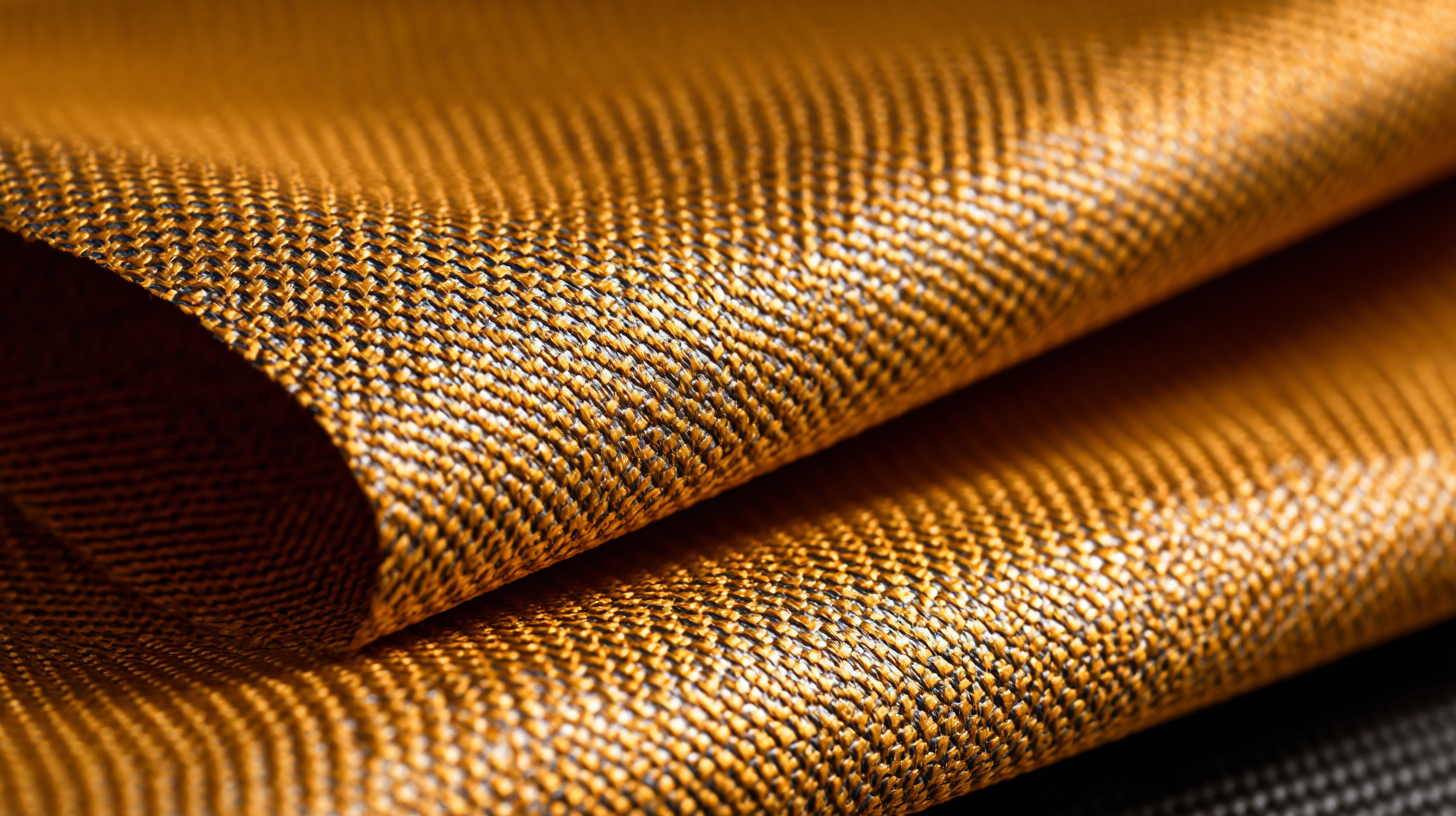 In contrast, PU-coated polyester is more flexible and environmentally friendly, often used in fashion and sportswear, where breathability is crucial.
In contrast, PU-coated polyester is more flexible and environmentally friendly, often used in fashion and sportswear, where breathability is crucial.
Additionally, the weight and thickness of the coated fabric play a significant role in determining its suitability for different projects. Lighter weights are ideal for applications like linings or lightweight bags, while heavier weights provide added strength for items such as upholstery or heavy-duty outdoor gear. Understanding these variations enables you to select the right coated polyester fabric that aligns with your project's requirements, whether for commercial or personal use.
When selecting coated polyester fabrics for durability, there are several key factors that should be prioritized. First and foremost, the weight of the fabric significantly influences its performance. Reports indicate that fabrics heavier than 600 deniers are often more resistant to wear and tear, making them ideal for demanding applications such as outdoor gear and industrial tarps. Additionally, coated polyester fabrics can vary widely in their coating types, including polyurethane (PU) and polyvinyl chloride (PVC). According to industry studies, PU coatings typically provide better flexibility and breathability, while PVC coatings excel in water resistance and durability against harsh weather conditions.
Another critical aspect to consider is the fabric's tensile strength and tear resistance. A study conducted by the Association of Textiles and Apparel Professionals found that fabrics with a tensile strength exceeding 2000 Newtons are suitable for applications requiring heavy loads and frequent use. Furthermore, the thickness of the coating plays a pivotal role in how well the fabric withstands abrasions. Coated fabrics with a thickness of at least 0.2 mm have shown a marked increase in longevity and resistance to punctures, making them ideal for projects where durability is paramount. By carefully evaluating these factors—weight, coating type, tensile strength, and coating thickness—one can select the right coated polyester fabric that will stand the test of time in their specific application.
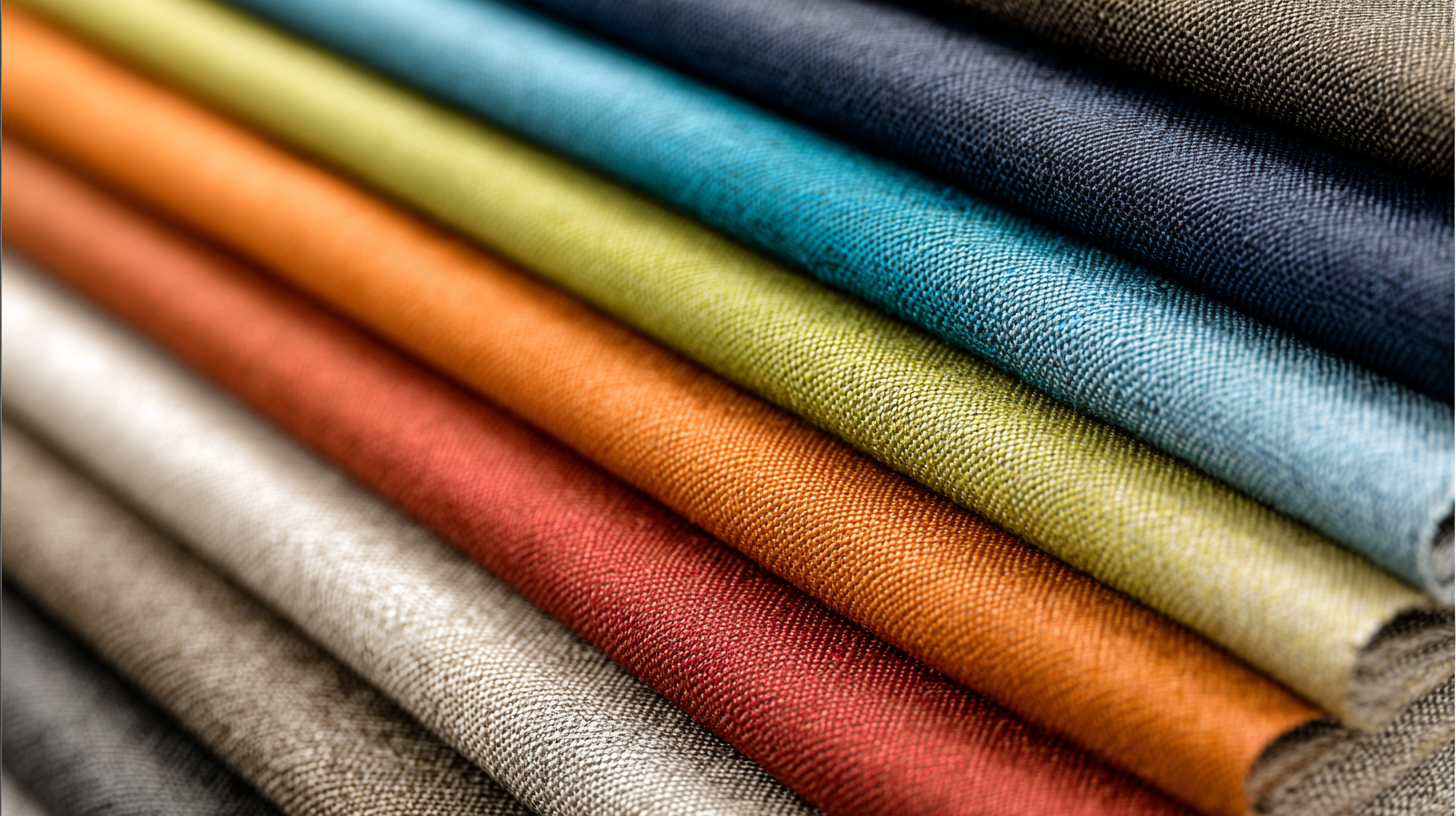
When selecting coated polyester fabrics for your project, one of the most critical decisions is choosing the right type of coating, particularly between polyurethane (PU) and polyvinyl chloride (PVC).
PU coatings are known for their flexibility, breathability, and resistance to UV light, making them a popular choice in applications like outdoor gear and sports equipment. According to a recent market report, PU-coated fabrics account for nearly 45% of the coated textiles market due to their favorable performance characteristics and eco-friendliness.
On the other hand, PVC coatings have their own advantages, particularly in terms of durability and weather resistance. PVC is often used in heavy-duty applications such as tarps and industrial membranes, where robust protection against environmental elements is essential. The global PVC coated fabric market is projected to grow at a compound annual growth rate (CAGR) of 6% through 2027, indicating a strong demand for its properties, especially in construction and automotive sectors. Evaluating the specific needs of your project will help determine whether PU or PVC is the right choice for the intended application.
When selecting coated polyester fabric, understanding its weight and thickness is essential for achieving optimal performance in your project. The weight of the fabric typically indicates its durability and sturdiness. Heavier fabrics generally offer better resistance against wear and tear, making them ideal for outdoor applications, while lighter options may be more suitable for indoor use or projects requiring more flexibility. Pay attention to the manufacturer's specifications as they provide valuable insights into the fabric’s performance characteristics.
Thickness, on the other hand, affects the fabric's drape and overall appearance. Thicker fabrics tend to have a more structured look, perfect for items such as bags or upholstery, whereas thinner fabrics can lend a more flowing aesthetic, which is beneficial for garments and lightweight coverings.
Additionally, the coating type can influence the fabric's water resistance, UV protection, and ease of maintenance. By carefully assessing these factors—weight, thickness, and coating specifications—you can select the appropriate coated polyester fabric that meets the demands of your specific project.
When working with coated polyester fabrics, proper care is essential to maximize their longevity and performance. Coated fabrics often feature additional layers that can enhance properties like water resistance and durability. However, these coatings can also be sensitive to harsh conditions. According to industry studies, washing coated polyester regularly with mild detergents and at lower temperatures can help maintain their integrity while preventing degradation of the coating over time.
Recent advancements in textile technology have introduced innovative coatings that integrate nanoparticles, enhancing patterns of strength and functionality. For instance, fabrics treated with conductive coatings, such as polyaniline, not only display improved electrical properties but also show enhanced washing durability. Reports indicate that advanced conductive fabrics maintain their electrical performance through numerous wash cycles, which is crucial for applications in wearable electronics. By following specific care guidelines, users can ensure that these high-tech materials retain their desirable features, boosting their applicability across various domains.
| Fabric Type | Coating Type | Durability | Water Resistance | Care Instructions |
|---|---|---|---|---|
| Standard Polyester | PU Coating | Moderate | Yes | Machine wash cold, hang to dry |
| High-Denier Polyester | PVC Coating | High | Yes | Wipe clean with damp cloth |
| Lightweight Polyester | TPU Coating | Low | Limited | Hand wash only, lay flat to dry |
| Reinforced Polyester | Silicone Coating | Very High | Yes | Machine washable, tumble dry low |


